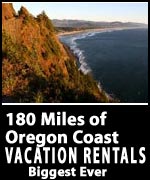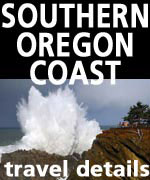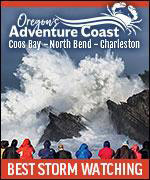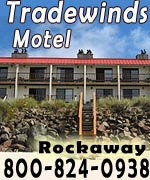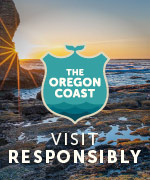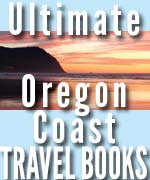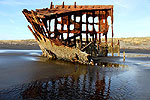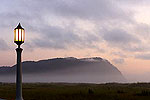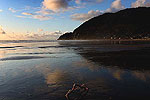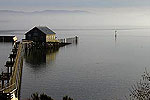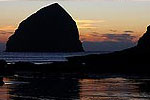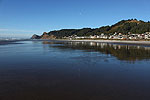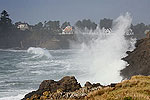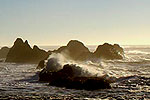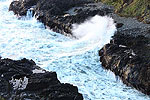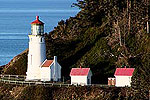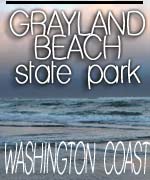Above Portland, Oregon Coast: Peak of Meteor Showers This Weekend
Published 10/18/2018 at 5:54 PM PDT
By Oregon Coast Beach Connection Staff
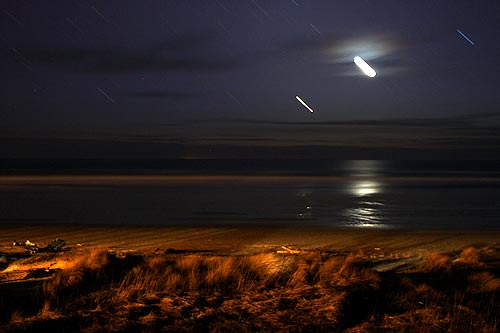
Includes exclusive listings; some specials in winter
In Cannon Beach:
Includes rentals not listed anywhere else
In Manzanita, Wheeler, Rockaway Beach:
Some specials for winter
In Pacific City, Oceanside:
Some specials for winter
In Lincoln City:
Some specials for winter
In Depoe Bay, Gleneden Beach:
Some specials for winter
In Newport:
Look for some specials
In Waldport
Some specials for winter
In Yachats, Florence
Some specials for winter
(Oregon Coast) – The peak of the Orionid meteor shower happens this weekend, on October 21 and 22, with mostly clear skies one of those nights around Portland and the Oregon coast. The bad news, however, is that the moon will be interfering a bit with the view of sparks in the sky, and the 22nd – Monday – is when the run of nice weather ends. (Above: star and moon movement at Manzanita).
NASA predicts some 15 to 20 meteors per hour could be seen, but it may be less because the moon is very near full by the weekend, hitting full on Wednesday.
Sunday’s weather forecast is still for mostly clear skies, but clouds move in by the morning and Monday night will likely be mostly cloudy. Still, the interstellar fun sticks around for about another week in the Pacific Northwest, which includes all of Oregon and the beaches. (See Oregon Coast Weather)
NASA said the best viewing should be around 2 a.m. Scientists also say it can take your eyes up to 20 minutes to completely become accustomed to the dark, so give yourself some time under the stars first.
According to NASA, meteor showers tend to come in bursts and there will often be lulls where nothing happens.
The Orionids come from the tail of Halley’s Comet – something that also creates the Eta Aquarid meteor showers in the spring.
Halley's Comet is a ball of ice and rock that is left over from the formation of our solar system, only seen once every 75 years. The last time Earthlings saw it was 1986, and it's not due to return until 2061.
As it continues zipping around our solar system, it leaves behind a dusty trail. When the comet swings close to the sun on its orbit-like path, the sun heats its icy surface, which then releases particles of not just ice but dust as well. When the Earth's orbit wanders into that debris field, they start hitting the atmosphere and burn up as fiery little streaks of light.
These are the shooting stars we see in a meteor shower.
The tiny chunks hit at about 40 miles per second, sometimes faster, making this meteor shower actually the second fastest.
How to see them?
Your first consideration should be getting out of the interference of light. The Oregon coast will be perfect for this, with just about every beach hidden from most major light sources. Some of the best spots can be the high viewpoints, simply because of the dramatic views paired with the sky show. These include the Neahkahnie overlooks by Manzanita, Cape Foulweather near Depoe Bay, the pullouts just south of Yachats or Silver Point near Cannon Beach.
For Portlanders heading into the coast range or the countrysides of Clackamas or Washington counties will be prime as well. - Oregon Coast Lodgings for this event - Where to eat - Maps - Virtual Tours
Cannon Beach Lodging
Nehalem Bay Lodgings
Manzanita Hotels, Lodging
Three Capes Lodging
Pacific City Hotels, Lodging
Lincoln City Lodging
Depoe Bay Lodging
Newport Lodging
Waldport Lodging
Yachats Lodging
Oregon Coast Vacation Rentals
Oregon Coast Lodging Specials
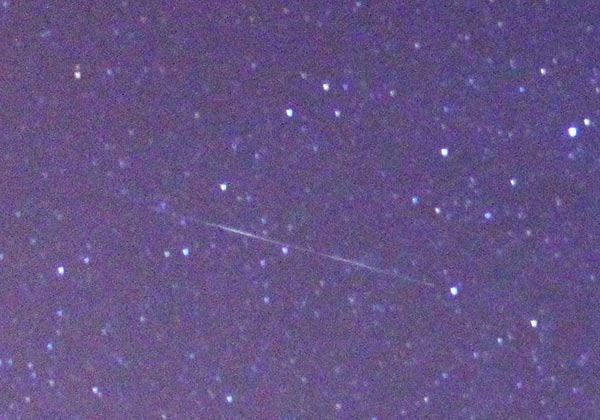
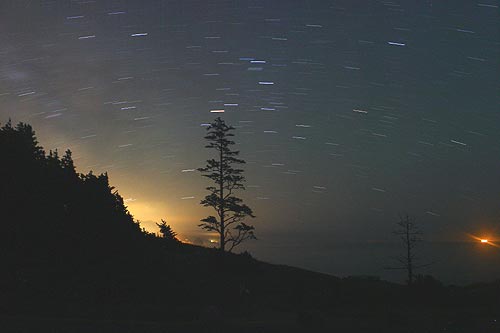
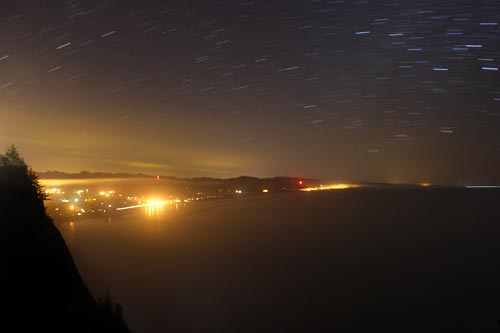
More About Oregon Coast hotels, lodging.....
More About Oregon Coast Restaurants, Dining.....
LATEST Related Oregon Coast Articles
One was a rare orca find; both suspected human interaction. Marine sciences
N. Oregon Coast's 'Cheese War' a Quiet Part of Tillamook-Area History: See th...
History talk in Nehalem on April 26 about Tillamook battles. Manzanita events, Cannon Beach events, Tillamook events
Lyrid Meteors with a Possible Side of Aurora for Washington, Oregon, Coastlines
Lyrids peak on Monday, northern lights possible northern Washington. Weather
Road Work Coming to North Oregon Coast's Gearhart and One of World's Largest ...
Lane closures this summer on the bridge; major work in Gearhart next year. Washington coast
Be Jeweled Returns to Central Oregon Coast, Newport's Dazzling, Arty Jewelry ...
Saturday, May 10, from 10 AM to 4 PM featuring more than 2,000 pieces. Newport events
N. Oregon Coast Bridge Work During Travel Season: Some Traffic Delays on Asto...
Occasional one-lane traffic from June through September at Astoria / Ilwaco. Washington coast
Cape Kiwanda's Colossal Sand Dune: Wild Oregon Coast Rides and How It's Changing
A mix of crazy recreation with science of a crumbling landmark. Sciences, Pacific City, Oceanside
Oregon Coast, Valley and Likely Washington Coast to Get Some Aurora Borealis ...
Likely just before dawn best hour but peak happens during daylight. Weather
Back to Oregon Coast
Contact Advertise on BeachConnection.net
All Content, unless otherwise attributed, copyright BeachConnection.net Unauthorized use or publication is not permitted







